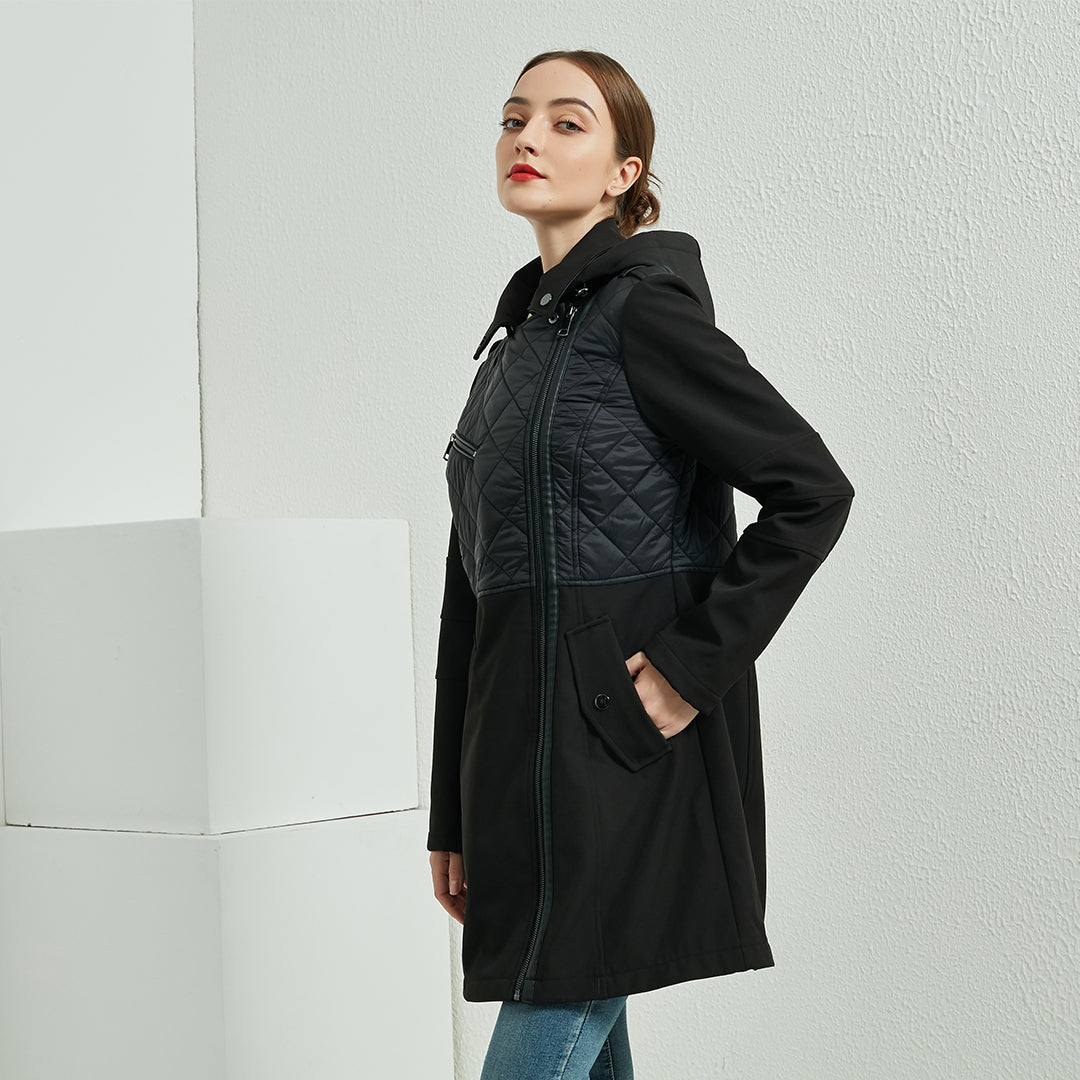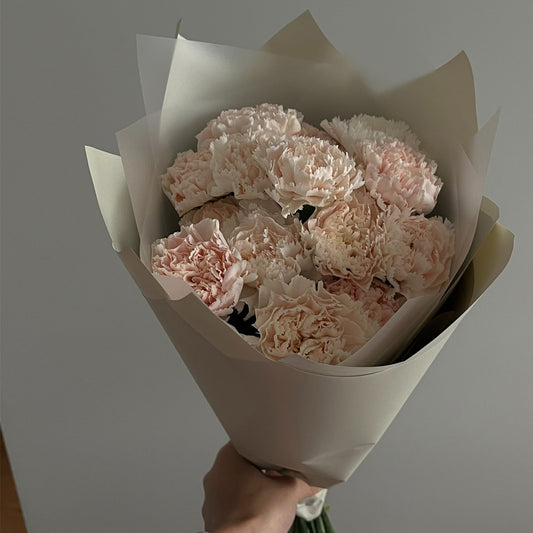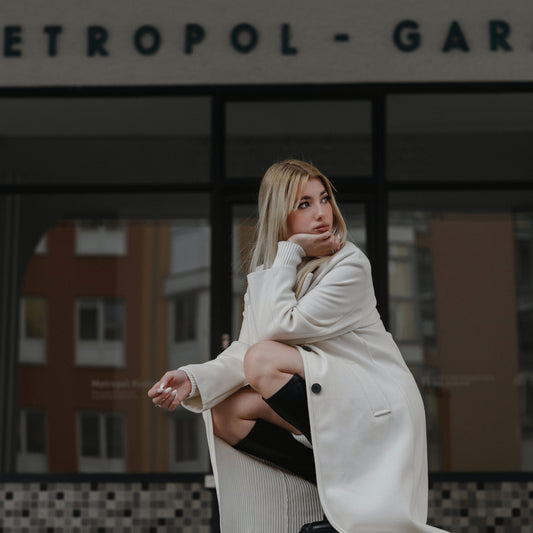
Faux leather survival guide
What is faux leather, what are its benefits and drawbacks?

- Faux leather is fake leather that has been coated or treated with a material that gives it the appearance of real leather. The material used can be any type of finish, but the most common are lacquer and polyurethane.
- Faux leather has many benefits over traditional leather, including being more durable and less expensive. Some care needs to be taken when caring for faux leather, though: avoid exposing it to direct sunlight or heat. And keep it clean by wiping down with a dry cloth if necessary.
- Faux leather is a type of synthetic leather that is made to look like the real thing. It can be used for shoes, clothing, and accessories. The benefits of faux leather include that it is affordable, durable, and easy to care for. The main disadvantage to faux leather is that it does not look and feel like the real thing. There are two types of faux leather: coated and unlined.
- Types of faux leather: cow, horse, lamb, goat, buffalo, ostrich
- Faux leather is a type of fabric made from synthetic materials, such as vinyl or neoprene. It is often used to imitate the look and feel of leather, but it is not real leather. Faux leather can be found on furniture, jackets, bags, and other items. The main benefit of faux leather is that it looks and feels like leather. But does not require the upkeep or cleaning required for real leather. Types of faux leather cow, horse, sheep, goat or buffalo skin, ostrich skin, and lambskin.
- Looking to add a touch of luxury to your survival gear? Faux leather is the perfect material for that. Here are tips for how to make the most of this popular material:
- Choose a color that will complement your other gear.
- Don't use too much glue or tape, or the faux leather will become stiff and difficult to work with.
- Leave some extra space along the grain lines so the material can breathe.
Leather is a sturdy and durable material that can be used in a variety of ways. Though it is not as strong as other materials, such as plastic. It can be used to create items that are both practical and stylish.
Faux leather is a great material for making durable and stylish accessories. But it can be difficult to care for. Here are tips for keeping your faux leather looking great:
- Wipe down the surface with a dry cloth every day to clean it.
- Avoid using harsh chemicals or cleaners on the leather, as this could damage it.
- Instead, use a mild soap and water solution or a solution of milk and vinegar.
Types of faux leather
- There are many types of faux leather, but the most common is PVC. PVC is a man-made material that is often used to make fake leather. It is cheaper and easier to produce than real leather, so it is often used in lower-quality products.
- Faux suede is also made out of PVC, and it is sometimes used in high-end products because it looks like real suede. Another type of faux leather is PU. It is often used in purses and other accessories that are meant to be fashionable.
- The material is popular because it resembles genuine leather, so consumers can easily mix up which product is real and which isn't. How is it used? PVC is most often used in furniture and accessories. Faux leather is also used in clothing, shoes and handbags. Some people use it to make decorative pillows, and others wear it as a scarf or cravat.

Choosing the right faux leather: weight, colour, texture
If you are looking for a faux leather material that will create a luxurious look for your clothing. Then you will want to consider choosing a weight and colour that is appropriate for your project. Faux leathers come in different textures, so it is important to choose one that will complement the fabrics you are using. For example, if you are using cotton twill fabric, then a smooth faux leather would be a good choice. If you are working with linen or silk, however, then a textured faux leather might be better suited.
How to care for your faux leather: cleaning, conditioning
If your faux leather furniture is looking a bit grubby, you don't have to worry about ruining it. Here are six easy steps to cleaning and conditioning your faux leather furniture:
- Wet a rag or sponge with mild soap and water, and wring it out.
- Squeeze some of the liquid soap onto the surface of the faux leather and work it into the grain with a clean cloth.
- Let the soapy solution sit on the surface for several minutes, then rinse off completely with cold water.
- Buff up the surface with a dry cloth to restore its shine.
- Apply a light coat of wax or sealant to protect your furniture from dirt and dust buildup over time.
Advantages of faux leather over real leather: cost, durability
Leather is a popular material for clothing, bags, and other items. While leather is an attractive option, there are several disadvantages to using it. The main disadvantage of leather is its high cost. Faux leather, on the other hand, is a cheaper alternative that has several advantages over real leather.
- First, faux leather is much more durable than real leather. This is because faux leather does not easily wear out or tear.
- Second, faux leather doesn't require any special care. Unlike real leather which needs to be oiled and treated. With a sealant to prevent stains and water damage, faux leather can simply be wiped clean if it becomes dirty.
- Finally, some people may be allergic to ingredients in real leather that are used to make it soft and supple.
Preparation: How do you clean faux leather, and what if it gets wet?
- Faux leather is a popular material for furniture, accessories, and clothing. It is made from polyurethane or other synthetic materials and can be very attractive, but it can also be easily damaged.
- If you are cleaning faux leather, it is important to follow the manufacturer's instructions. When cleaning faux leather that's been wetted, you will need to use a cleaner specifically designed for this type of material.
- In most cases, simply spraying the surface with water will cause the material to become brittle and start to crack. You can also use a gentle cleaner and a soft cloth. If the faux leather gets wet, you should let it dry completely before you continue to clean it.
Usage: How can you use faux leather in your everyday life?
As we all know, faux leather is a type of leather that is made to mimic the look and feel of real leather, but it is not actually real leather. Faux leather can be found in many different varieties and applications, such as furniture, accessories, and clothing. Here are some tips on how to use faux leather in your everyday life:
- First, make sure you have the right supplies. Faux leather requires special care and attention to ensure that it looks great and lasts long. In order to get the best results, use a quality faux leather cleaner and conditioner and avoid using harsh chemicals or abrasives.
- Additionally, you will need a good adhesive for attaching accents or trimming pieces of faux Leather.
- Next, think about the style you want to achieve. Some tips include using contrasting colours or patterns for added visual interest.
Maintenance: How do you keep faux leather looking great, and what are some tips for maintaining it?
If you are like most people, you probably take your faux leather accessories for granted. After all, they are usually very easy to care for. Just give them a good wipe with a damp cloth every so often. But what if something goes wrong? Here are some tips for maintaining faux leather goods in perfect condition:
- Avoid exposing your accessories to harsh chemicals or cleaners. These can damage the material and make it look outdated quickly. Instead, use gentle soap and water or a gentle spray cleaner.
- Make sure your accessories are stored properly avoid storing them in direct sunlight. Where they can become brittle and start to crack. Instead, store them in a cool, dark place away from moisture and dust particles.
- Don’t let your items get too hot this can cause the material to dry out and crack. Instead, store them in a cool, dark place away from moisture and dust particles.
- Keep the dust away dust can cause your accessories to chip and crack easily. Instead, use a clean cloth or brush to dust them off.
- Don t bend or twist the material too much this can cause it to break and crack.

How to tell the difference between real and faux leather?
Leather is a durable and luxurious material, but it can be hard to tell the difference between real and faux leather. Here are some tips to help you tell the difference:
- Real leather is often darker than faux leather, and it has a natural smell.
- Faux leather may be lighter in colour, and it often has a synthetic smell.
- Real leather will usually have a grain pattern, while faux leather will not.
- Real leather will wear better over time, while faux leather may start to look faded after a few months of use.
Benefits of using faux leather for survival

- There are many benefits to using faux leather for survival. Faux leather is a great material for creating shelters and can be used as a ground cloth or as part of a raincoat. It is also waterproof and windproof, making it the perfect material for protecting you from the elements.
- Additionally, faux leather is strong and durable, making it an ideal choice for items such as backpacks and wallets. Buy the best leather for survival to see real results.
Disadvantages of using faux leather for survival
Leather is a durable and flexible material that is popular for clothing, accessories, and other purposes. However, there are several disadvantages to using faux leather for survival purposes.
- First, faux leather is not as durable as real leather and can easily be damaged.
- Second, it is not as water resistant as real leather. So it may not be suitable if you plan on living in a rain or wet environment.
- Third, it may not look as good or last as long as genuine leather. When used for clothing or other purposes.
- Finally, it may be difficult to find genuine leather supplies if you need them in an emergency situation.
How to fake leather a bag
Learning how to fake leather a bag can be helpful if you are looking for a more affordable option for your favorite bag. By following these simple steps, you will be able to create a durable. And realistic imitation of the real thing. Before you begin, make sure that the surface of your fake leather is dry. If it is still wet from the glue, you will be able to create a crack in the finished work. Use craft glue to adhere two pieces of faux leather together.
How to fake leather a coat
When in need of a new coat, but don't want to spend the money on a real leather one, there are several ways to fake it. You can buy a faux leather jacket off of amazon or eBay. Or you can make your own using an old piece of clothing and some crafting supplies. Here's how to do it:
- Find an old jacket that you no longer wear and cut out the pockets and excess fabric.
- Stitch the seams together so that the coat is now one piece from the bottom up.
- Cover the seams with faux leather spray paint or polyurethane, making sure to cover all areas where the seam meets the garment.
- Allow to dry completely before wearing.
How to fake leather a shirt
There are a few ways to fake leather a shirt. One way is to use a hair dryer on low heat and smooth out the wrinkles. Another way is to use vegetable oil, mineral oil or baby oil and rub it into the surface of the leather until it's shiny. You can also buy fake leather products that will do the job for you.
How to fake leather a pair of shoes
If you are looking for a quick, easy way to fake leather a pair of shoes. There are several products on the market that can help. One popular option is contact cement, which can be used to create a rough surface on which to apply the fake leather. Other options include shoe polish and shoe dye. There are several products on the market that can help.
One popular option is contact cement, which can be used to create a rough surface on which to apply the fake leather. Other options include shoe polish and shoe dye.
Conclusion
- Faux leather is a versatile material that can be used for a variety of purposes, but must be treated with caution when it comes to survival.
- There are a few things to keep in mind when shopping for faux leather: the color, the grain, and the finish. Faux leather can be very versatile, as it can be used for shoes, bags, jackets and more. However, it is important to choose a material that will suit your needs and look good on you.
- When selecting a faux leather material, consider the color and grain. Some materials have a smooth finish while others have a textured finish. Additionally, some materials may have a slight sheen while others may be matte.













